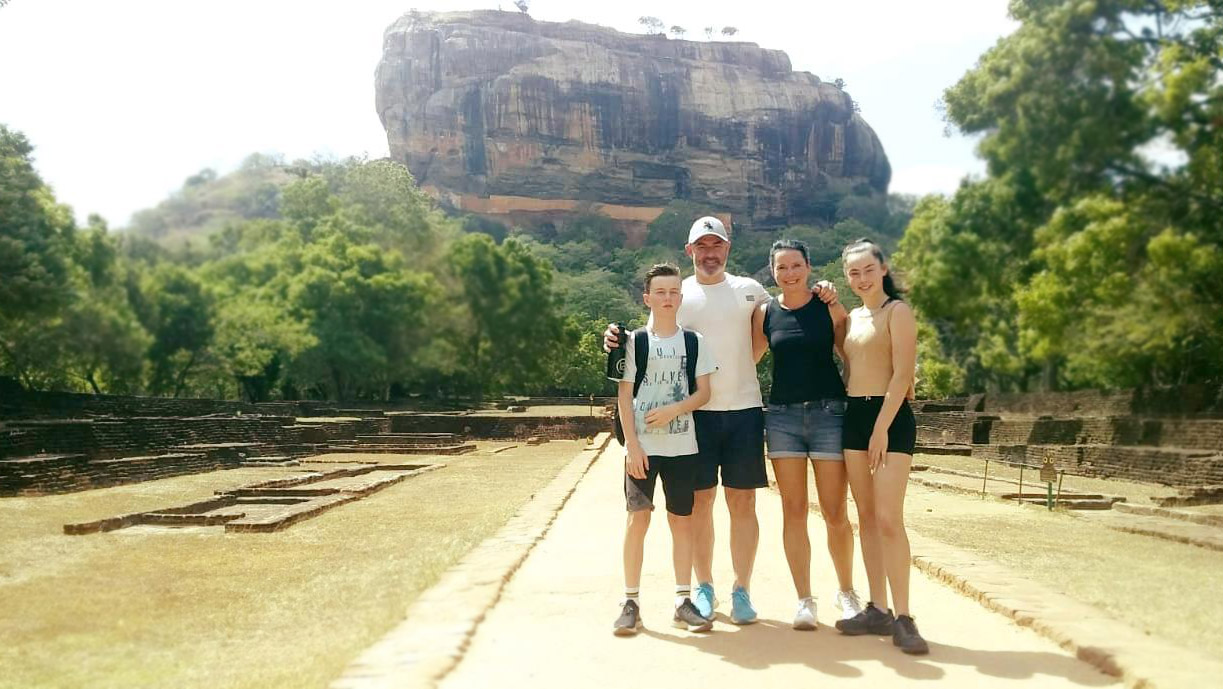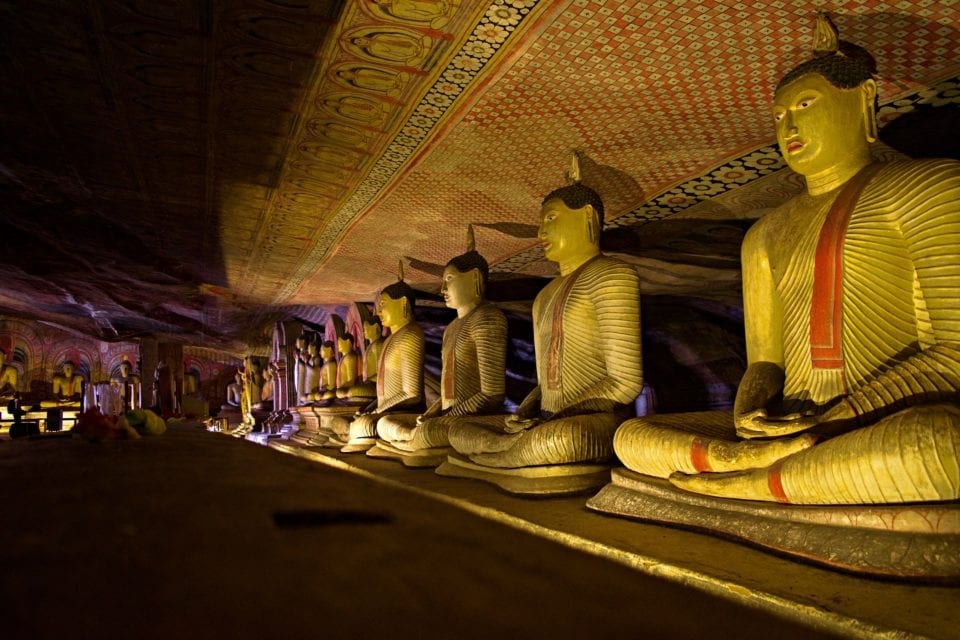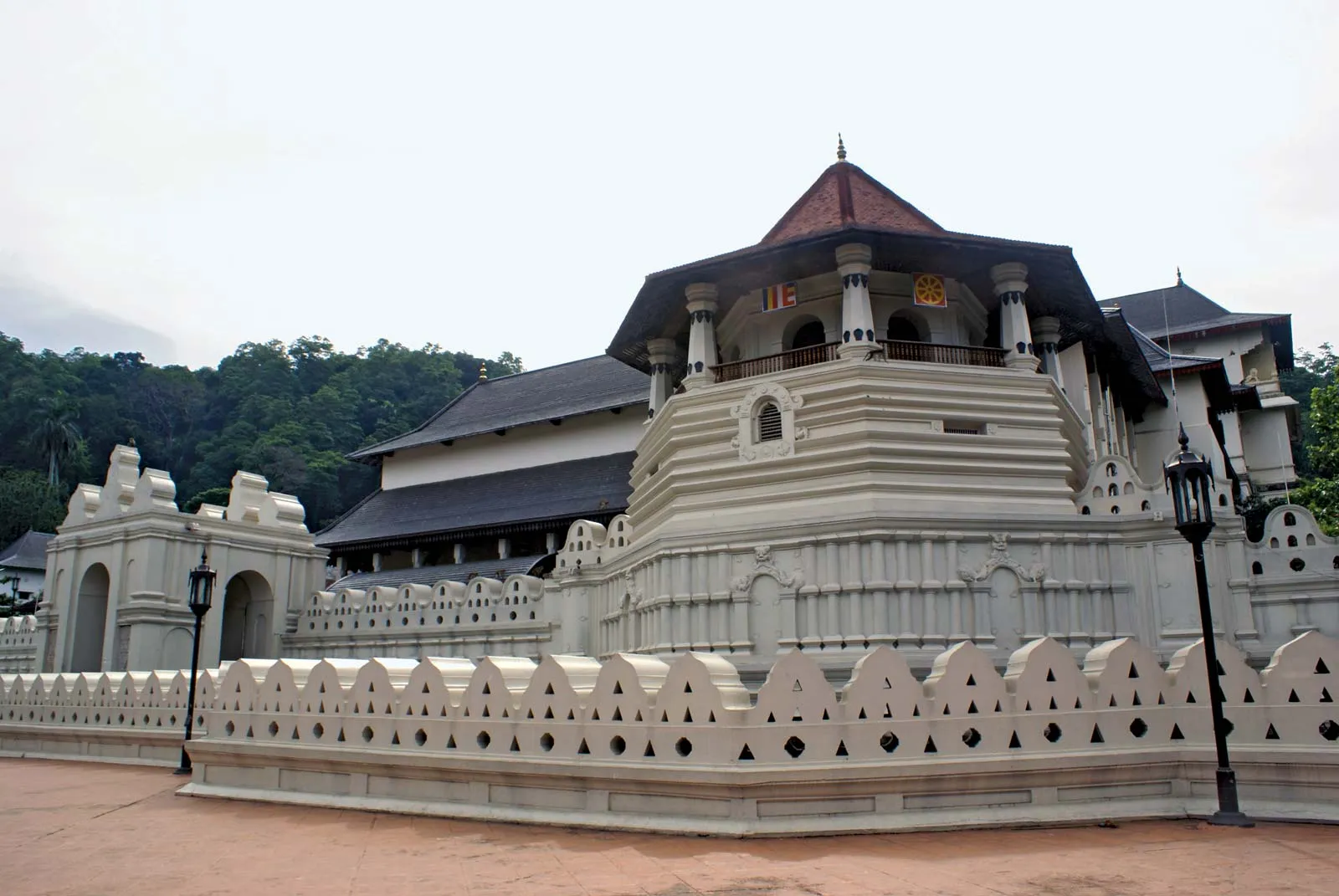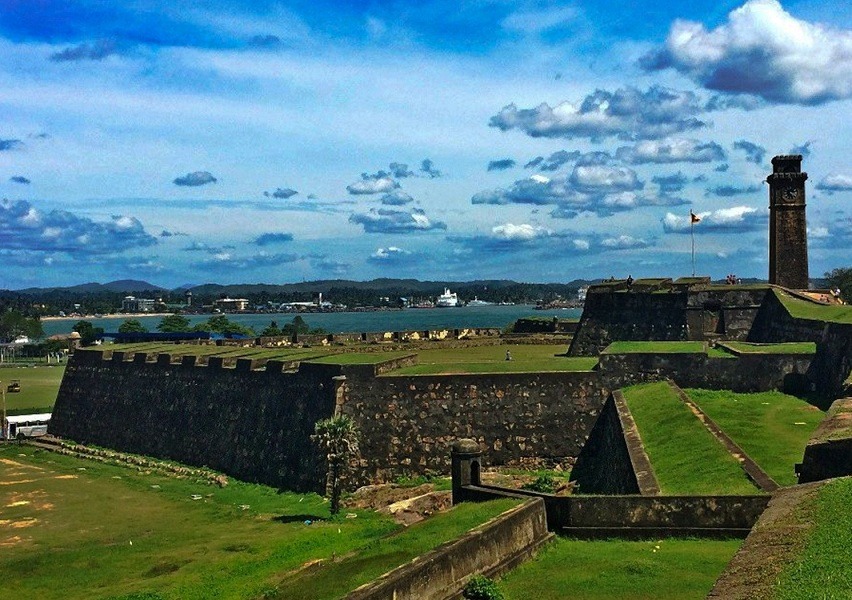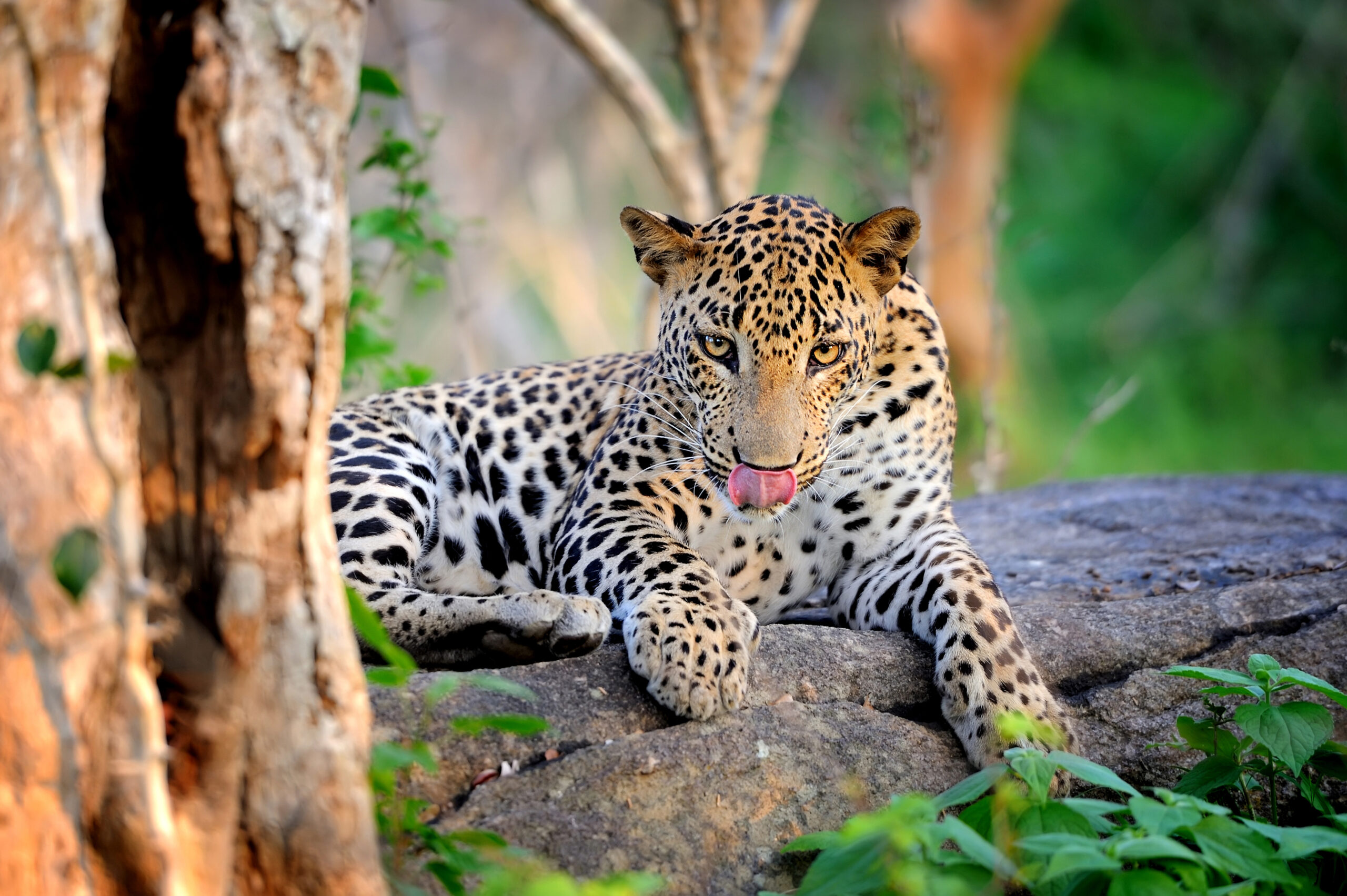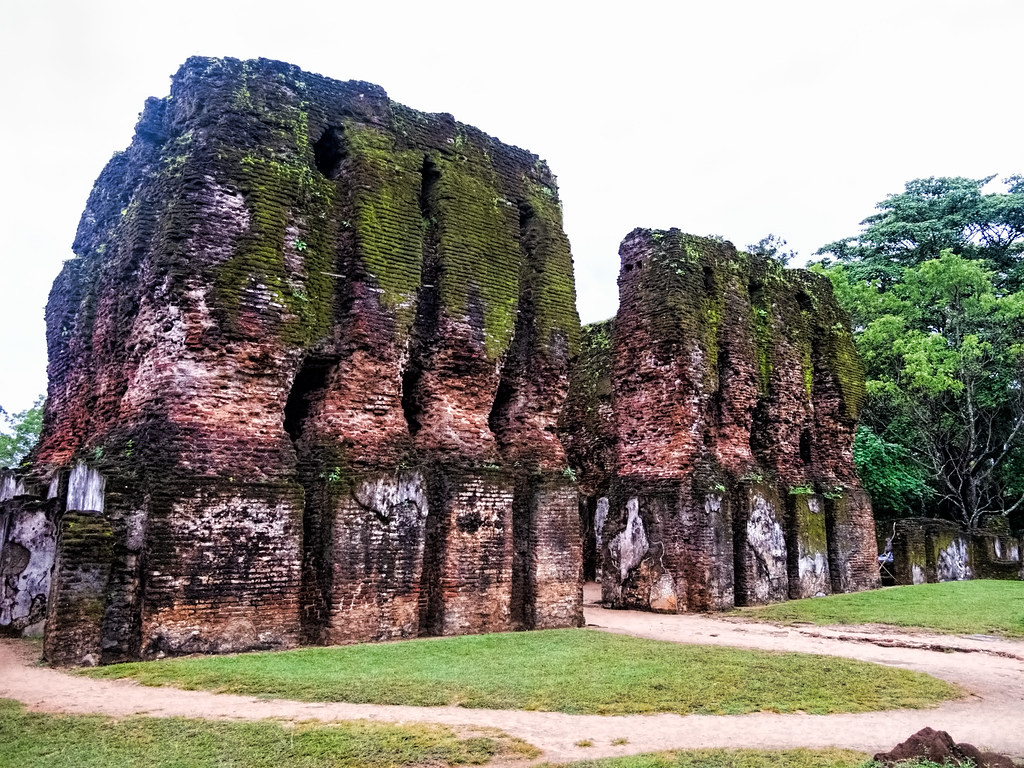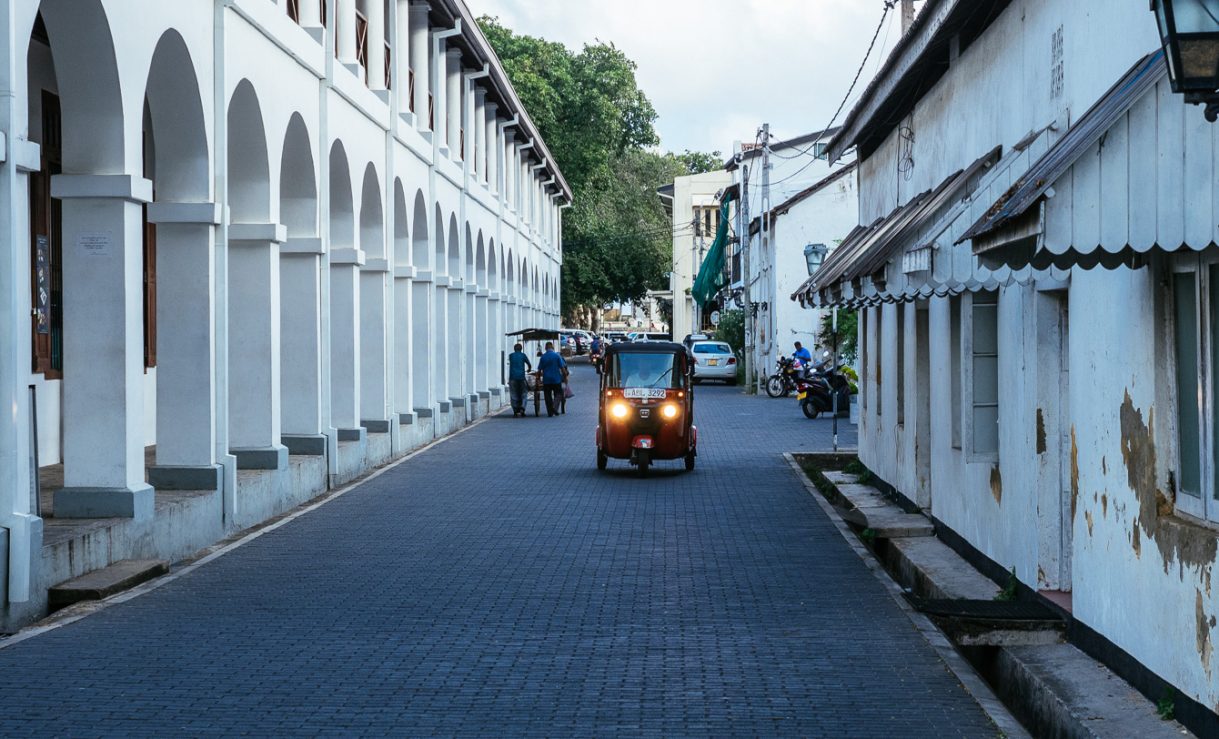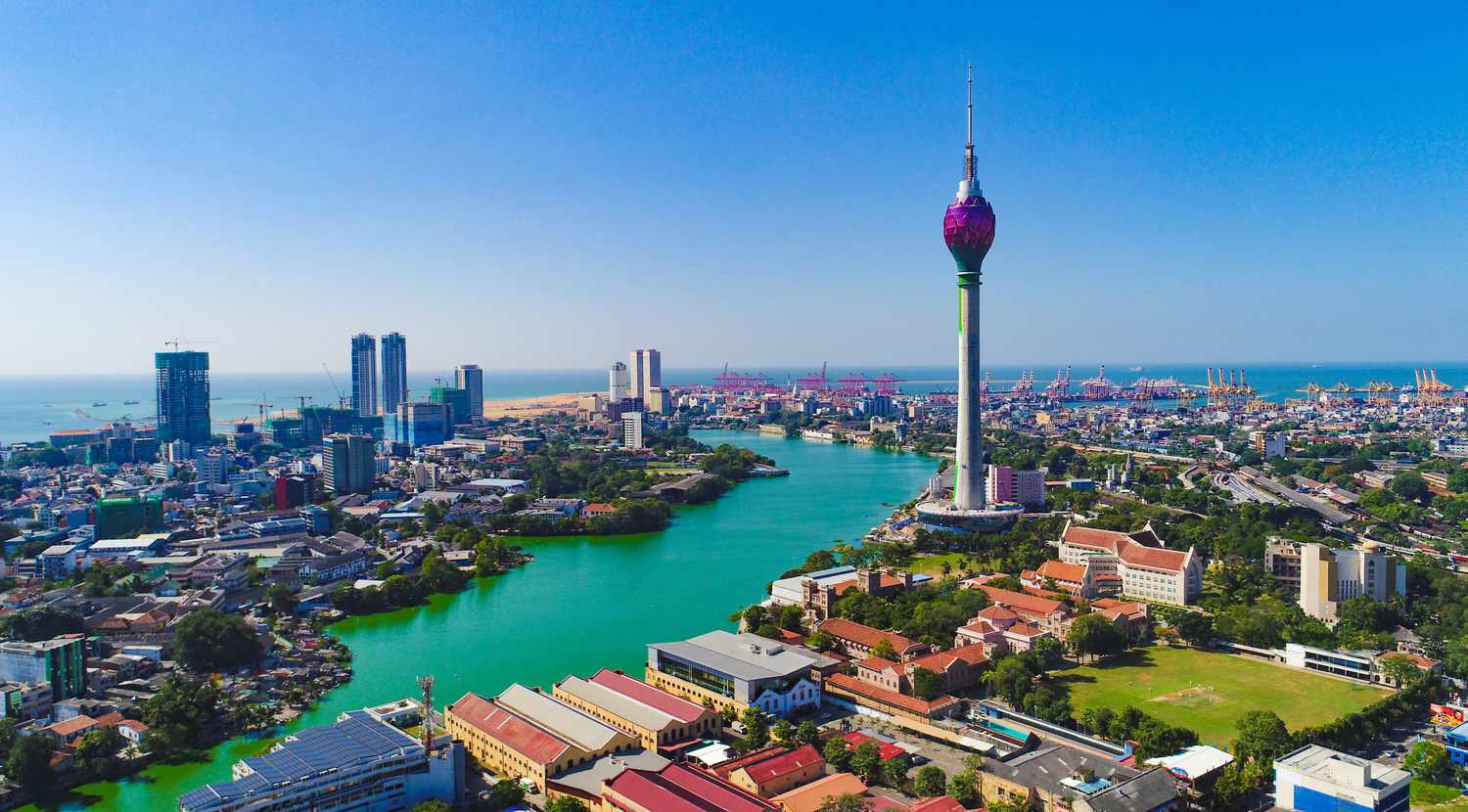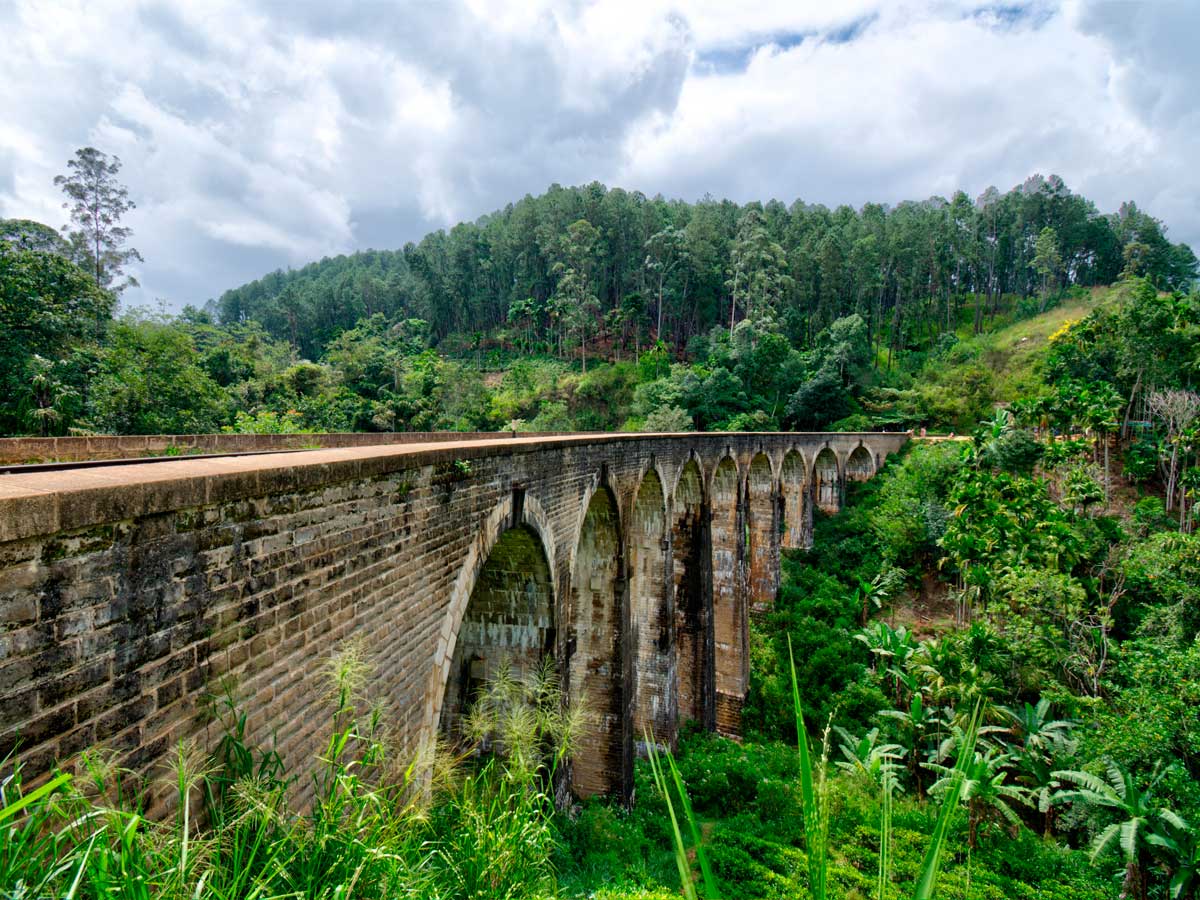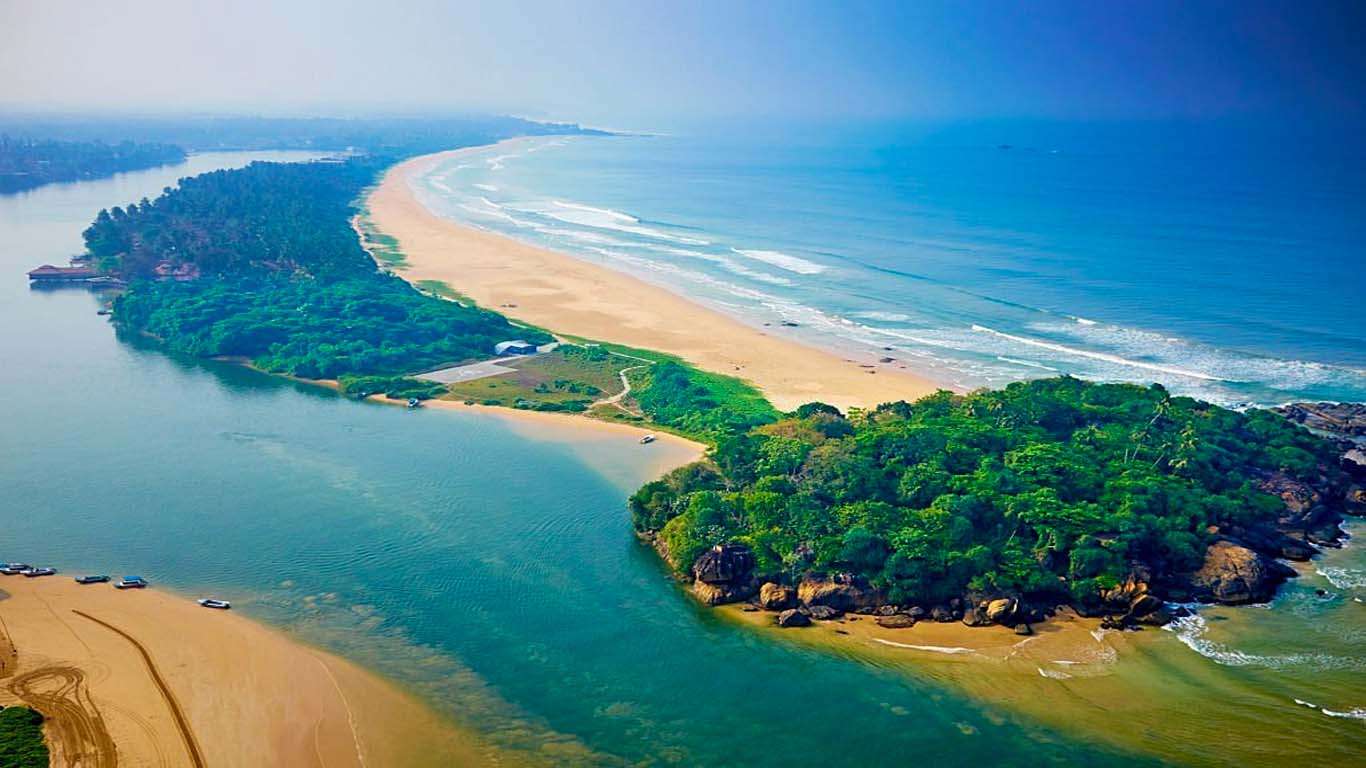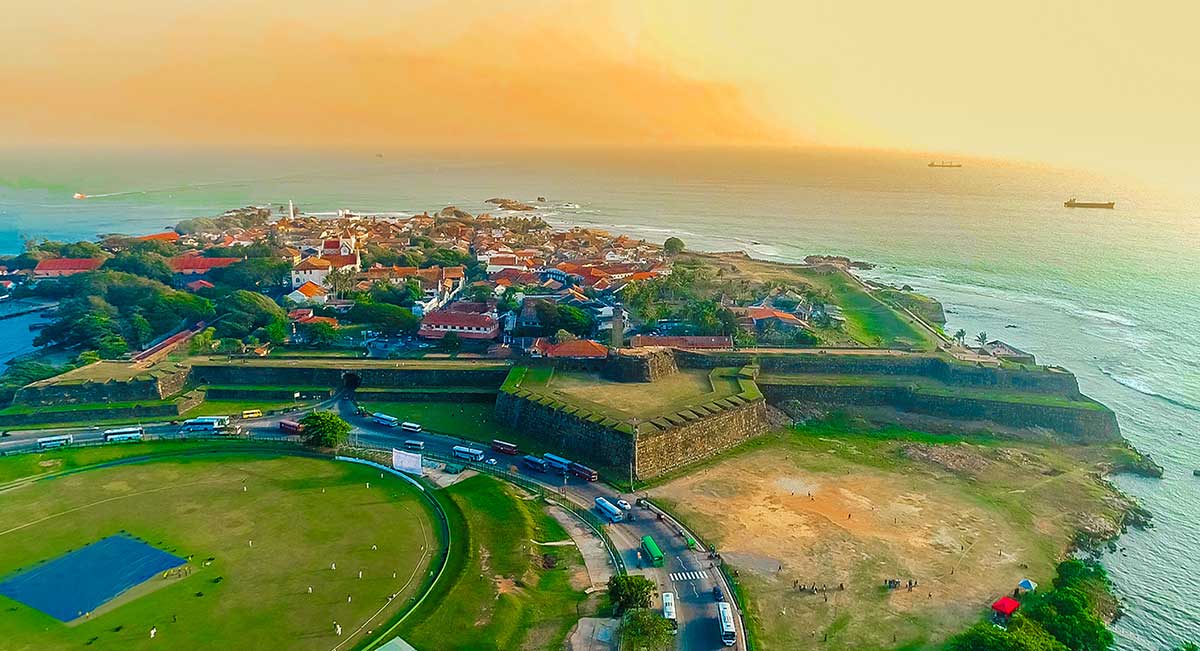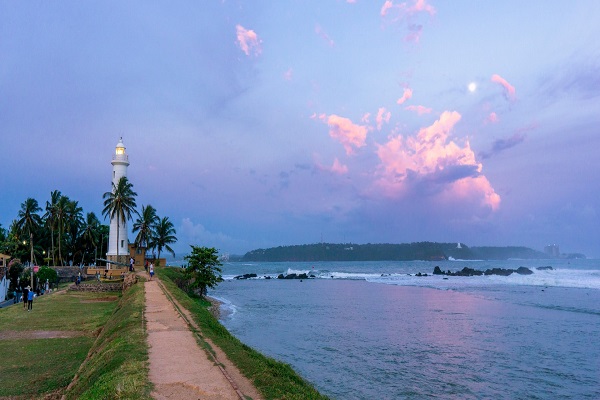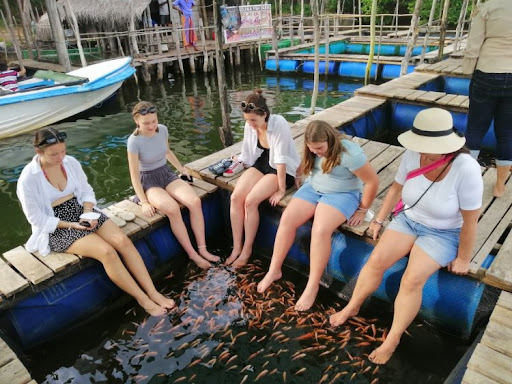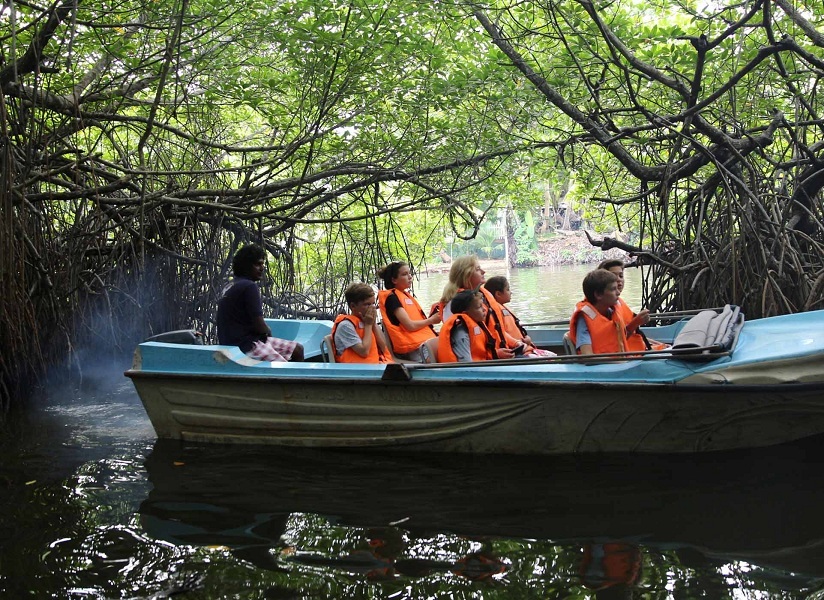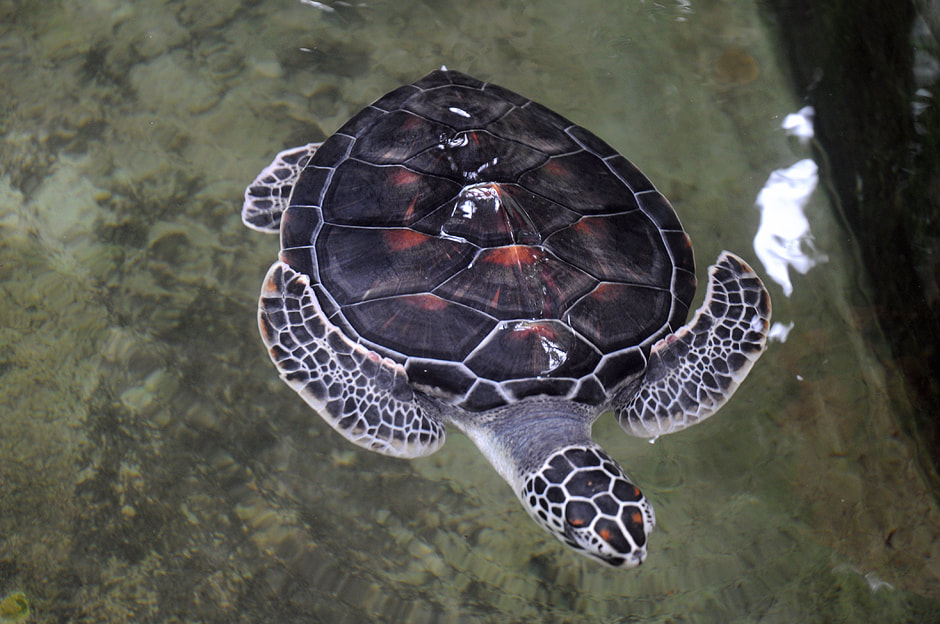Galle
Galle, a historic coastal city nestled along the southern shores of Sri Lanka, is a captivating blend of colonial charm, cultural richness, and scenic beauty. Renowned for its well-preserved Dutch colonial architecture and UNESCO World Heritage-listed Galle Fort, the city stands as a testament to its illustrious past and vibrant present.
The centerpiece of Galle is its imposing fort, a fortified complex that dates back to the 16th century. Within its walls, visitors can wander through cobblestone streets lined with quaint boutiques, art galleries, and cafes housed within colonial-era buildings. The fort offers panoramic views of the Indian Ocean, providing a picturesque backdrop for leisurely strolls and breathtaking sunsets.
Beyond its historic fortifications, Galle boasts pristine beaches, where azure waters lap against golden sands, offering opportunities for sunbathing, swimming, and water sports. Unawatuna Beach, just a short drive from the city center, is a popular spot for snorkeling and diving, with its vibrant coral reefs teeming with marine life.
Galle’s cultural scene is equally enticing, with a vibrant arts community, traditional crafts, and lively markets showcasing the city’s creative spirit. Visitors can explore the narrow lanes of the old town, where colonial mansions and charming churches stand alongside bustling markets and bustling squares.
Culinary enthusiasts will delight in Galle’s diverse dining scene, with a plethora of restaurants serving up a tantalizing array of local and international cuisine. From fresh seafood delicacies to aromatic Sri Lankan curries, there’s something to satisfy every palate.
With its captivating blend of history, culture, and natural beauty, Galle offers a unique and unforgettable experience for travelers seeking to immerse themselves in the rich tapestry of Sri Lankan heritage.
Hiking & Trekking
Discover the best hiking and trekking spots in Sri Lanka with scenic trails like Ella Rock, Little Adam’s Peak, and the stunning Knuckles Mountain Range. These routes offer breathtaking views of misty mountains, tea plantations, and lush forests—perfect for adventure seekers and nature lovers looking to explore Sri Lanka on foot.
- Jan
- Feb
- Mar
- Apr
- May
- Jun
- Jul
- Aug
- Sep
- Oct
- Nov
- Dec
Safari in National Parks
Experience the thrill of a wildlife safari in Sri Lanka at some of the island’s most famous national parks. Yala National Park is renowned for its high density of leopards, while Udawalawe offers close-up encounters with large herds of elephants in their natural habitat. Minneriya National Park is home to the spectacular Elephant Gathering, one of the largest seasonal gatherings of wild elephants in Asia. These safari tours in Sri Lanka are perfect for nature lovers, photographers, and wildlife enthusiasts looking to explore diverse ecosystems and spot rare birds, reptiles, and other exotic animals.
- Jan
- Feb
- Mar
- Apr
- May
- Jun
- Jul
- Aug
- Sep
- Oct
- Nov
- Dec
Other Trips
These are other trips.
- Jan
- Feb
- Mar
- Apr
- May
- Jun
- Jul
- Aug
- Sep
- Oct
- Nov
- Dec
- Jan
- Feb
- Mar
- Apr
- May
- Jun
- Jul
- Aug
- Sep
- Oct
- Nov
- Dec
- Jan
- Feb
- Mar
- Apr
- May
- Jun
- Jul
- Aug
- Sep
- Oct
- Nov
- Dec

